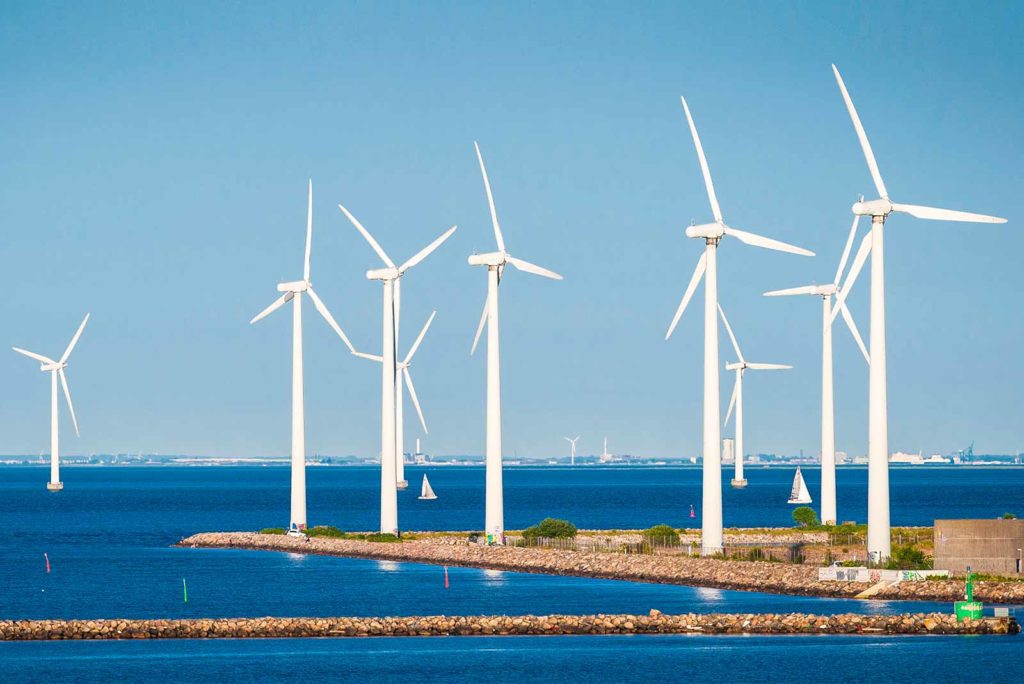
Parental Note: This project is geared towards ages 8 and up. The project may require some help when dealing with certain sections (cutting Styrofoam and the hot glue gun).
Experiment Overview:
Have you ever enjoyed a lake or the ocean on a sailboat? If you have, you know that the wind is the driving force that helps the boat pick up speed and make its way along the water. Two major things are happening for a sailboat to get into motion:
- The wind (a renewable resource) is providing the potential force/energy to move the boat.
- The sail(s) is capturing that energy/force to ultimately move the vessel.
A key factor for a sailboat to move by the force of the wind is to make sure the sail is completely open and catching the breeze “downwind” (when the wind is behind the boat). A simple way to understand this is to think of a sailboat’s sails like a moving kite. A kite must first catch the wind to fly in the air; the wind hits the kite from behind and carries it up to the sky. When the wind changes directions, the kite will do the same. It is important to note that if the wind is coming from the side the force of the wind will still make the boat move thanks to the shape of sailboats themselves.
A common sailboat is comprised of eight essential parts: hull, tiller, rudder, mainsail, mast, boom, jib, and keel. For this experiment, we are going to focus only on 3 parts of the sailboat:
- The hull: the shell or outside of the boat
- The mainsail: the larger “sail” that captures the wind
- The mast: the long pole that holds the mainsail in place
With these three major components, we will create a simple sailboat that will capture the wind and move across the water.
Experiment Materials:
- 1 Small Styrofoam Tray or Plastic Tray (a meat or vegetable tray would be ideal)
- 1 Small Styrofoam Ball
- 1 Straw
- 1 Piece of Construction Paper
- Hot Glue Gun
- Tape
- Scissors
- Ruler
- Marker/Crayon
Experiment Process:

Step 1
Prepare the hull (styrofoam tray) of the sailboat for the mast (straw). To do this, cut a small styrofoam ball in half to create a semicircle base. Next, hot glue one styrofoam semicircle to the middle of the styrofoam tray (flat side down).
Note: Parental help may be needed to cut the styrofoam ball and also to hot glue the ball to the center of the tray.
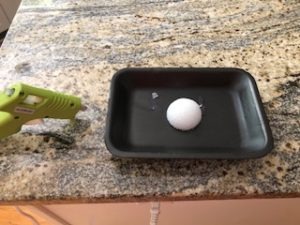
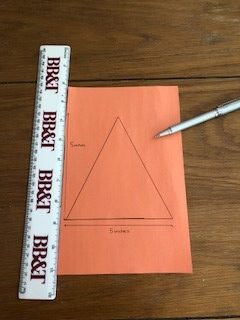
Step 2
Take a piece of construction paper and draw a triangle, 5 inches by 5 inches. Cut out the triangle. Use a hole punch to create a hole at the top center and bottom center of the triangle. The mainsail has now been created for the sailboat.
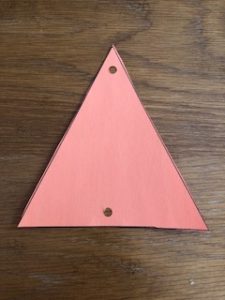
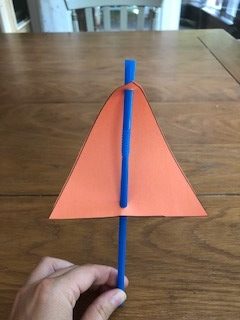
Step 3
Place the straw through the two-hole punched sections of the triangle. If the construction paper triangle does not stay in place, use tape to secure it. The mainsail has now been attached to the mast for the sailboat.
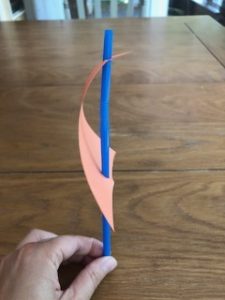
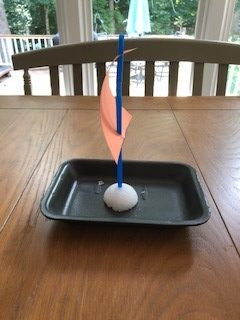
Step 4
Next, place the straw into the styrofoam base. To do this, gently push the end of the straw into the styrofoam semicircle so that it can stand up without any assistance. Note: if the straw does not stand straight up when placed in the styrofoam, feel free to add hot glue to the straw. (Parental Support may be needed to use the hot glue gun).

Step 5
The sailboat is officially ready for the water! Create a body of water outside to place the sailboat on and watch it float! If there is no wind to move the sailboat, use a fan or your own breath to move the sailboat.
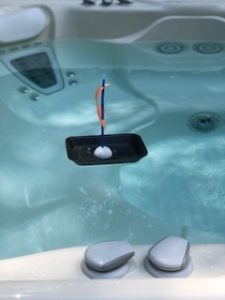
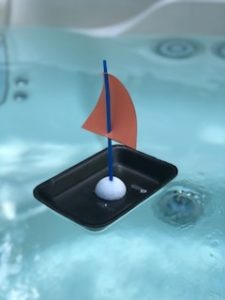
Conclusions:
Just like the wind can power a boat, the wind is a renewable resource that can make electricity, like with wind turbines. The more wind, the further and faster the boat can go. And similarly, with more wind, more power can be harnessed and converted to electricity. If a body of water doesn’t have the right amount of wind, it might not be the best day for a sail. Similarly, wind power, like other renewable power sources including solar power, produce the most power on stronger days. The wind may not always blow as hard, and the sun may not always shine as strongly. Production ebbs and flows, but one thing is for sure: you can always count on these resources being there.
Extension:
Want to make more sailboats from materials at home? What other materials could you use? Consider using a pencil or pen instead of a plastic straw, or modeling clay instead of styrofoam. What are the differences? How do different materials affect the experiment?









